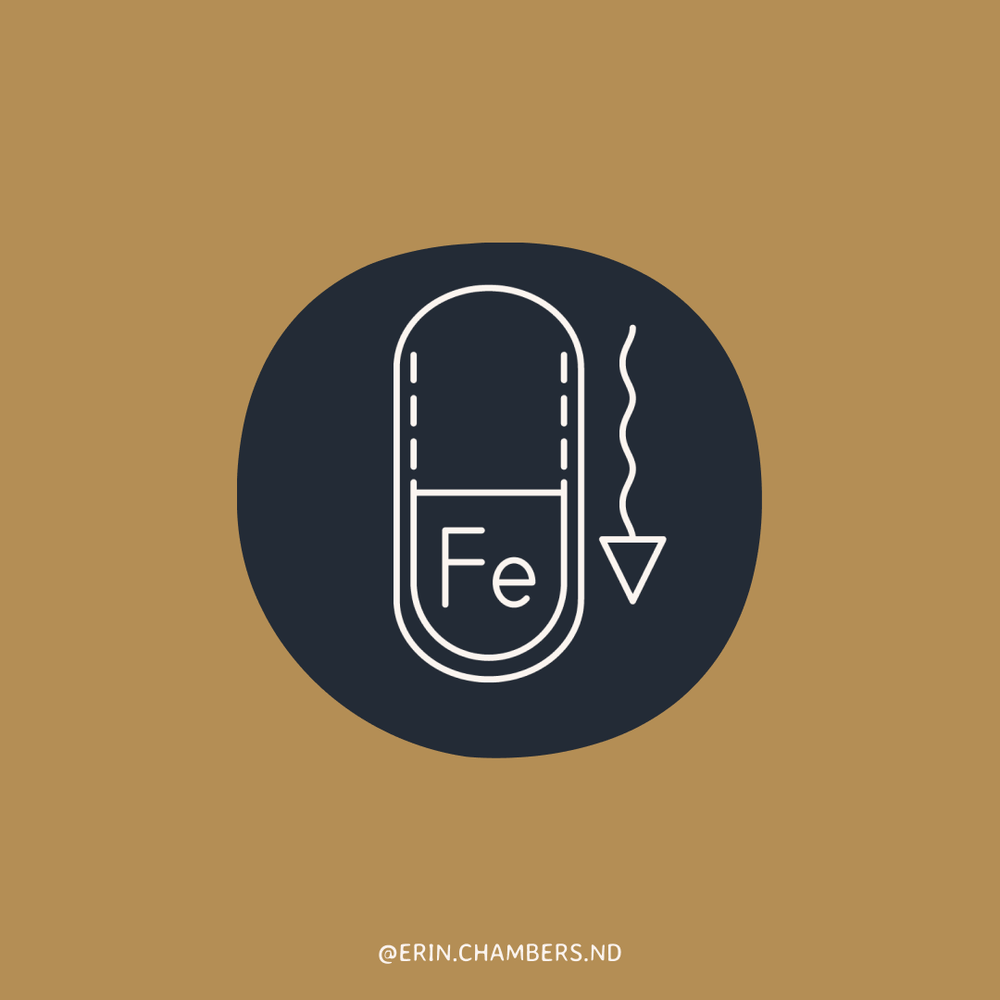Cervical Cancer Screening Transformation in British Columbia


January is cervical cancer awareness month, so it is rather fitting that there are big changes coming to BC’s cervical cancer screening program on January 29th, 2024.
Our current screening program includes getting a pap exam every 3 years for everyone between the ages of 25 and 69 with a cervix. The pap exam is a test where cells are collected from the cervix to determine if there are any that look abnormal.As with any test, it is not perfect, but we are trading it for one that is closer. The pap first approach is no more.
Human Papillomavirus (HPV) is a virus that is contracted through sexual contact. It’s common. The Canadian government estimates that over 70% of people will have an HPV infection in their lifetime. There are many different strains of HPV with only the high risk strains being responsible for 99% of cervical cancer. So why don’t we test for the high risk strains? Well, as of January 29th, we will. The screening program will pivot to HPV testing as the initial step. Further, an HPV self-test can be ordered to your home. This means you can collect your own sample and mail it in to the BC Cancer Agency. The accessibility implications for this change are massive. Those in rural areas, those without a family doctor, those who can not have the exam due to pain, trauma, or those who are avoiding it for other reasons, are now able to access this screening program.
A crucial note: this is a screening program for asymptomatic individuals. If there are suspicious symptoms such as bleeding after intercourse, between periods, postmenopausal bleeding, pain with sex, or abnormal vaginal discharge, a more extensive evaluation is required. Exceptions may also apply based on immune status, previous pap exams, and cervical cancer history.
HPV testing is the first step but what happens next? 3 outcomes are possible:
- If the test comes back negative for the high risk strains of HPV, there is no pap needed and that person retests for HPV in 5 years. Yes, 5 years. If that seems long, it’s not. Cervical cancer takes at least a decade to develop after an HPV infection.
- If the test comes back with the high risk strains but not strains 16 and 18, the next step is a pap exam. For those that do not have a family doctor, the program will pair you with a clinic offering pap exams.
- If the test comes back with the high risk strains of 16 and 18, the pap gets skipped and you go straight to colposcopy. This detailed cervix examination involves a colposcope, and if necessary, a biopsy is taken.
This new system is slow tracking those at low risk and fast tracking those at high risk. This kind of policy shift avoids a one-size-fits-all approach that may lead to over or under-treatment. I’m excited. It is heartening to see research inform AND change policy. I get a little teary thinking about how many more people will be served with this program being able to HPV test at home. This is a huge win for women’s health. Hopefully breast cancer screening is next!
Wishing you and your cervix a happy cervical cancer awareness month!
Dr. Erin
Ordering a HPV testing kit
If you are eligible, order a kit online (screeningbc.ca/cervix) or by phone (1-877-702-6566). The kit will arrive by mail in a plain, unmarked package.
References
http://www.bccancer.bc.ca/screening/Documents/Cervix-Self-Screening-Brochure-Upd.pdf
Okunade KS. Human papillomavirus and cervical cancer. J Obstet Gynaecol. 2020 Jul;40(5):602-608. doi: 10.1080/01443615.2019.1634030. Epub 2019 Sep 10. Erratum in: J Obstet Gynaecol. 2020 May;40(4):590. PMID: 31500479; PMCID: PMC7062568.
https://www.canada.ca/en/public-health/services/infectious-diseases/sexual-health-sexually-transmitted-infections/human-papillomavirus-hpv.html


